Penang National Park
/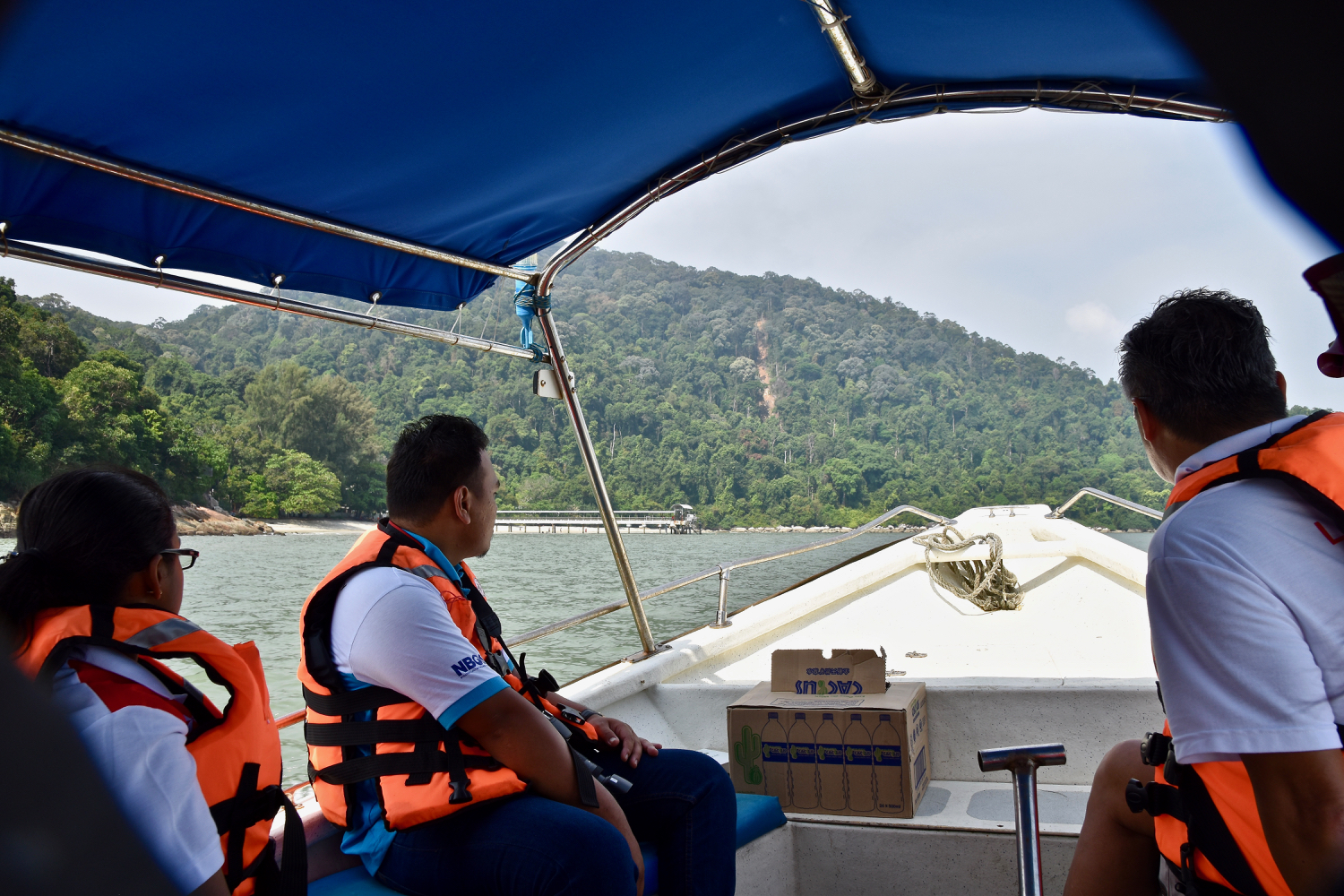
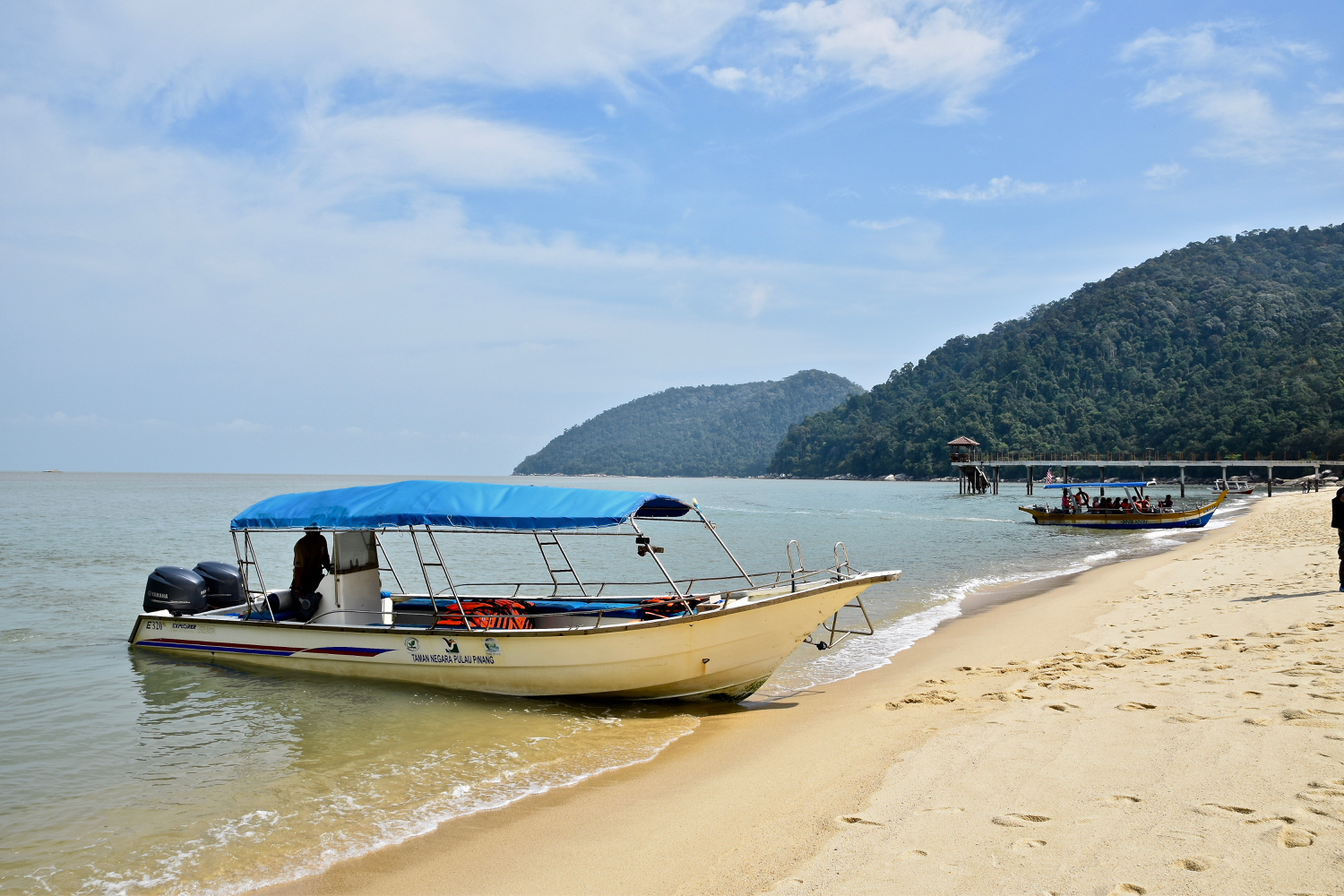
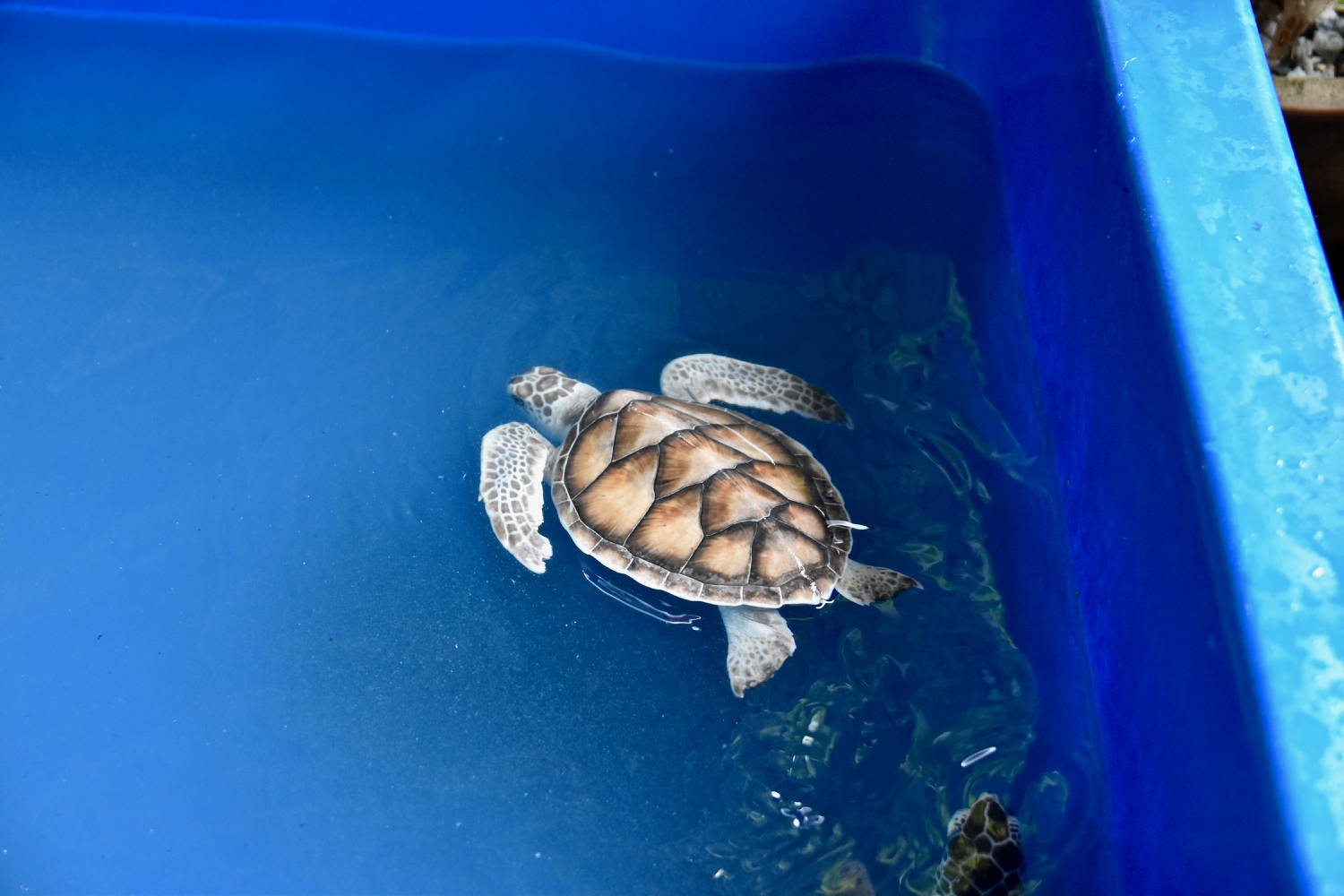

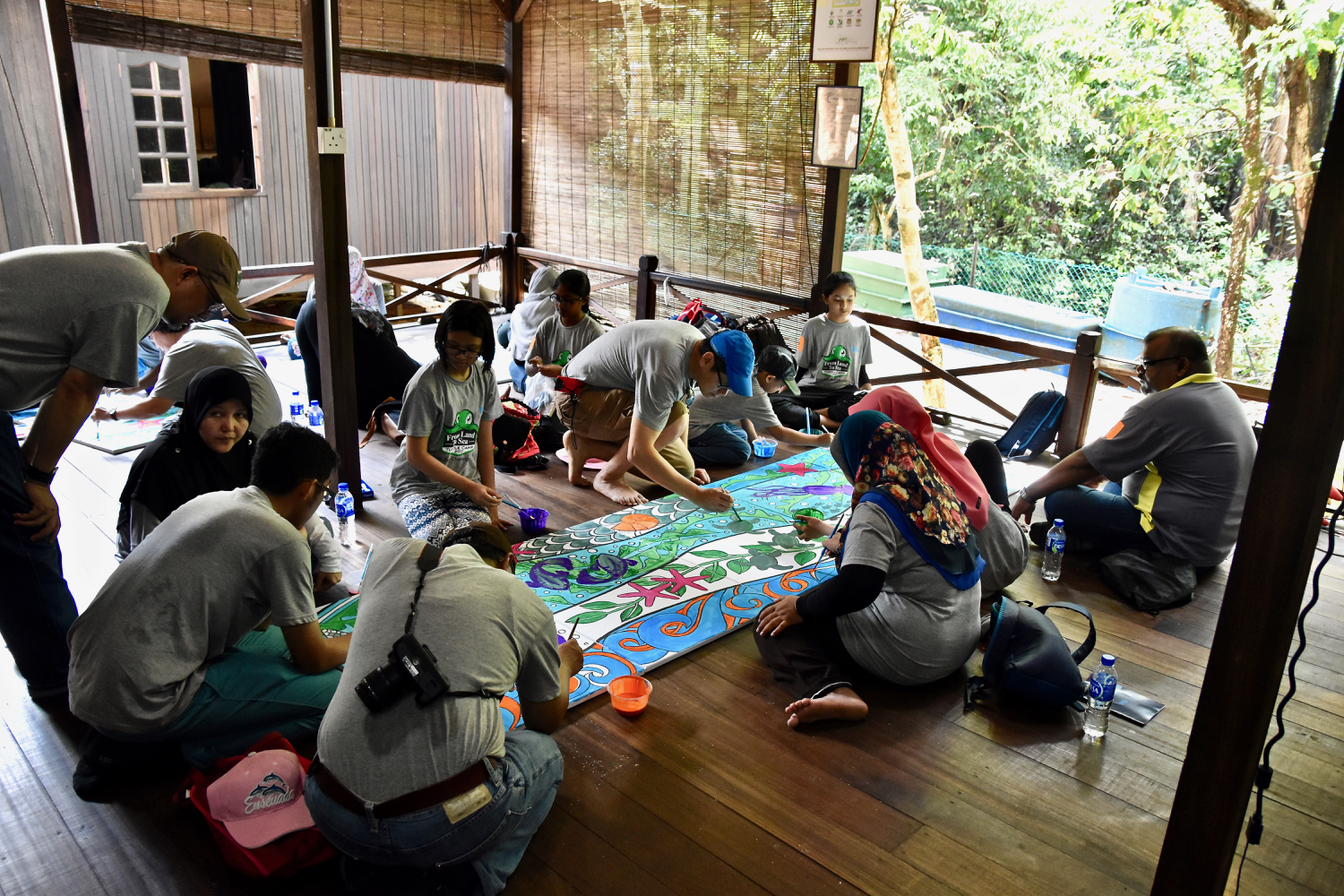
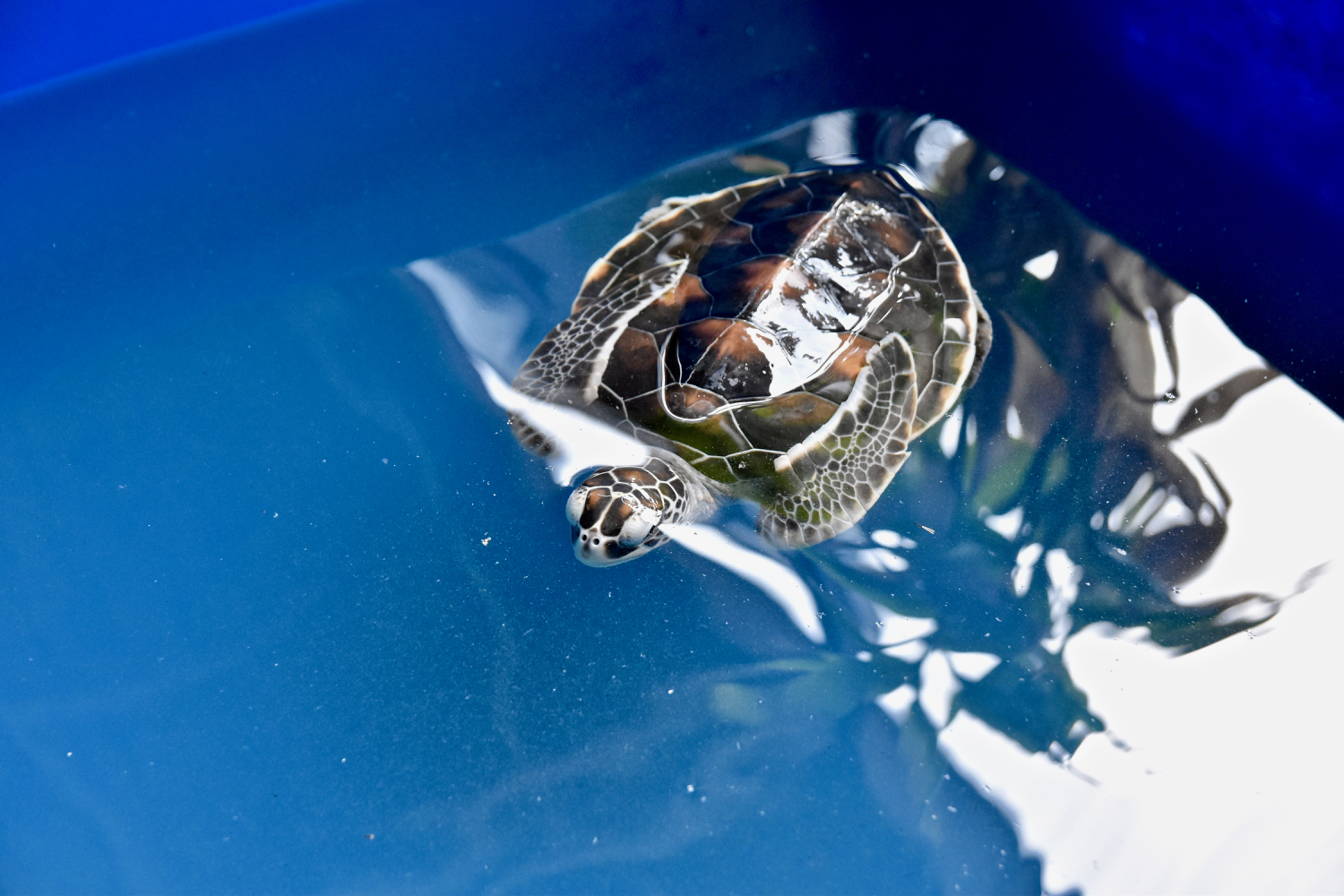
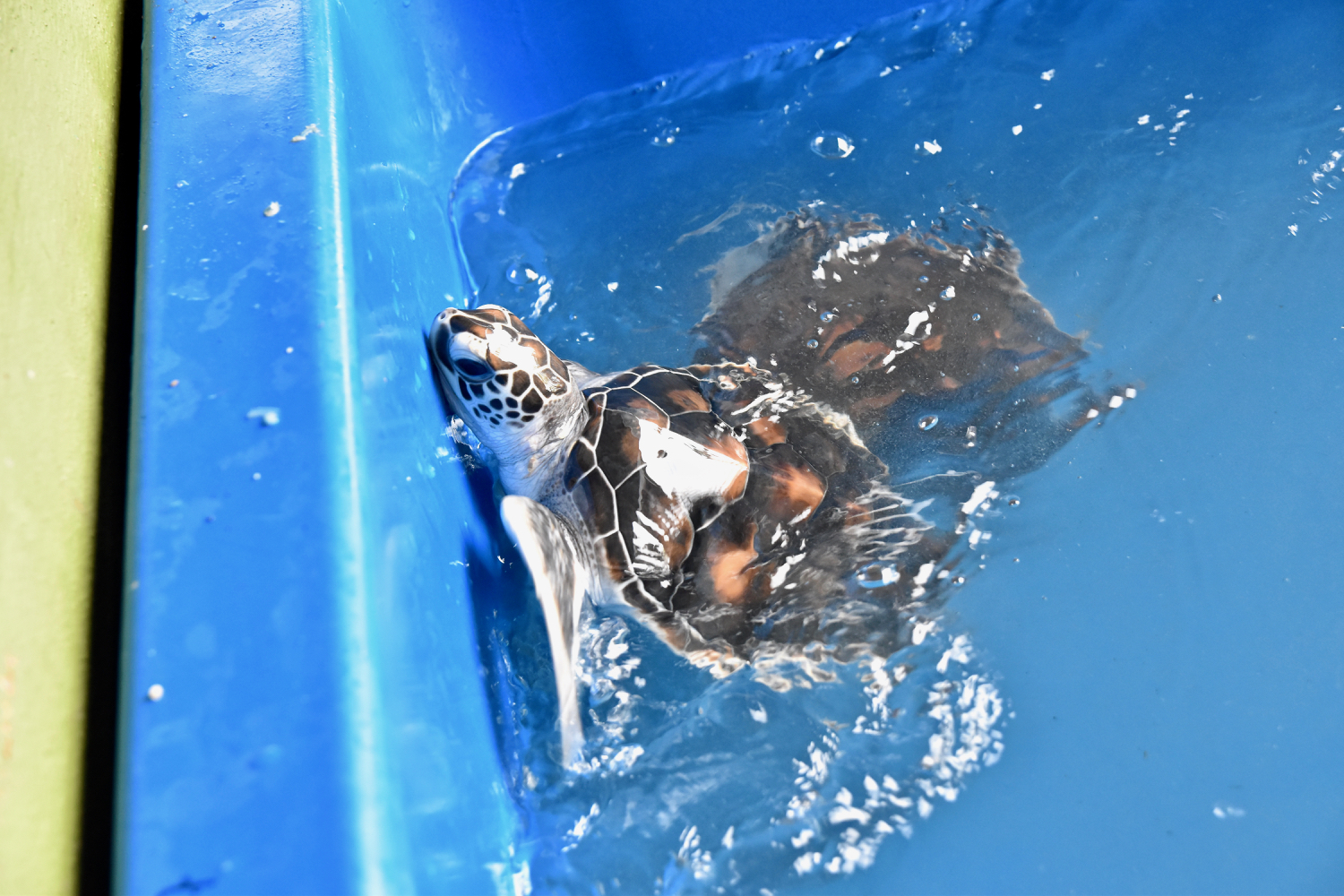
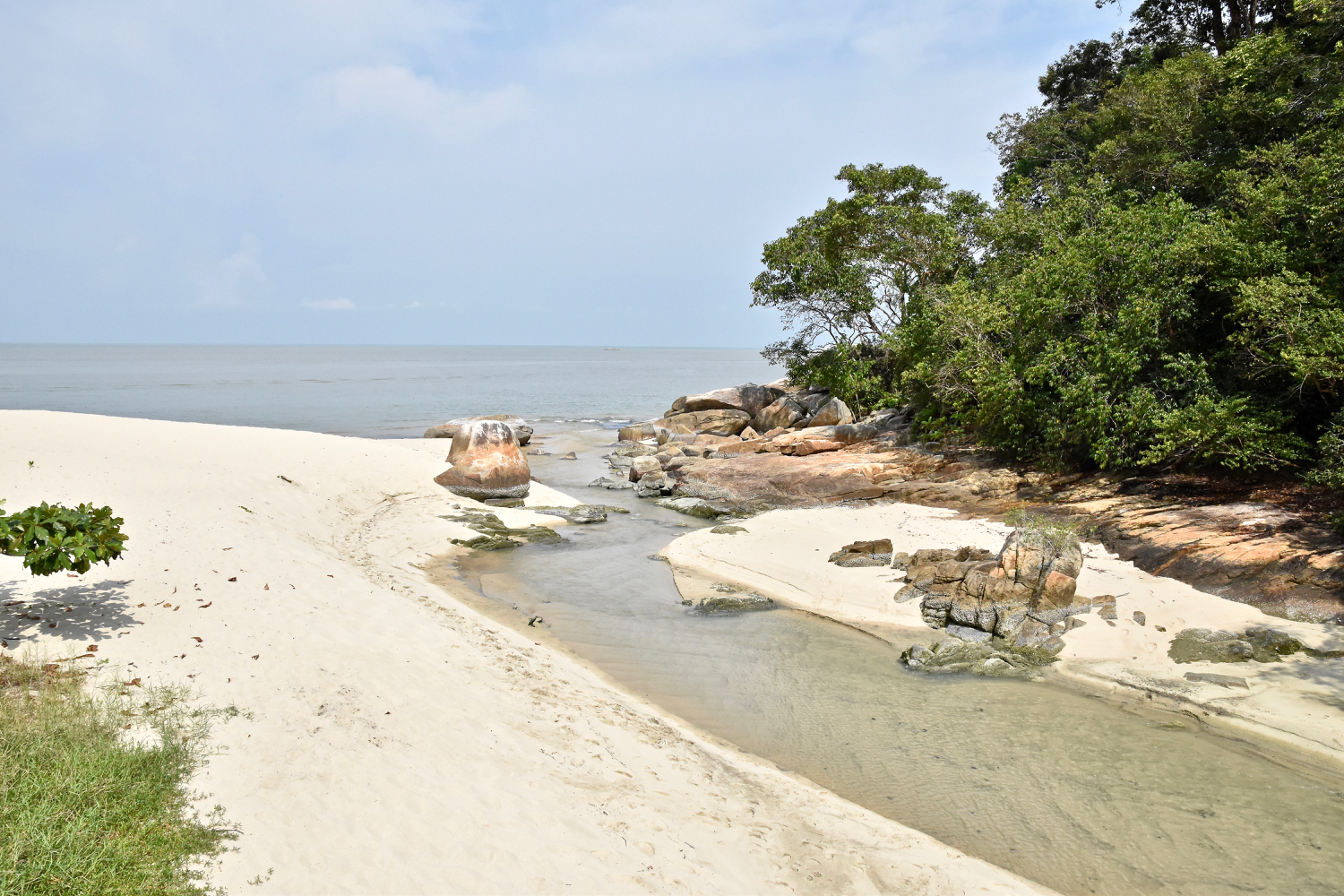
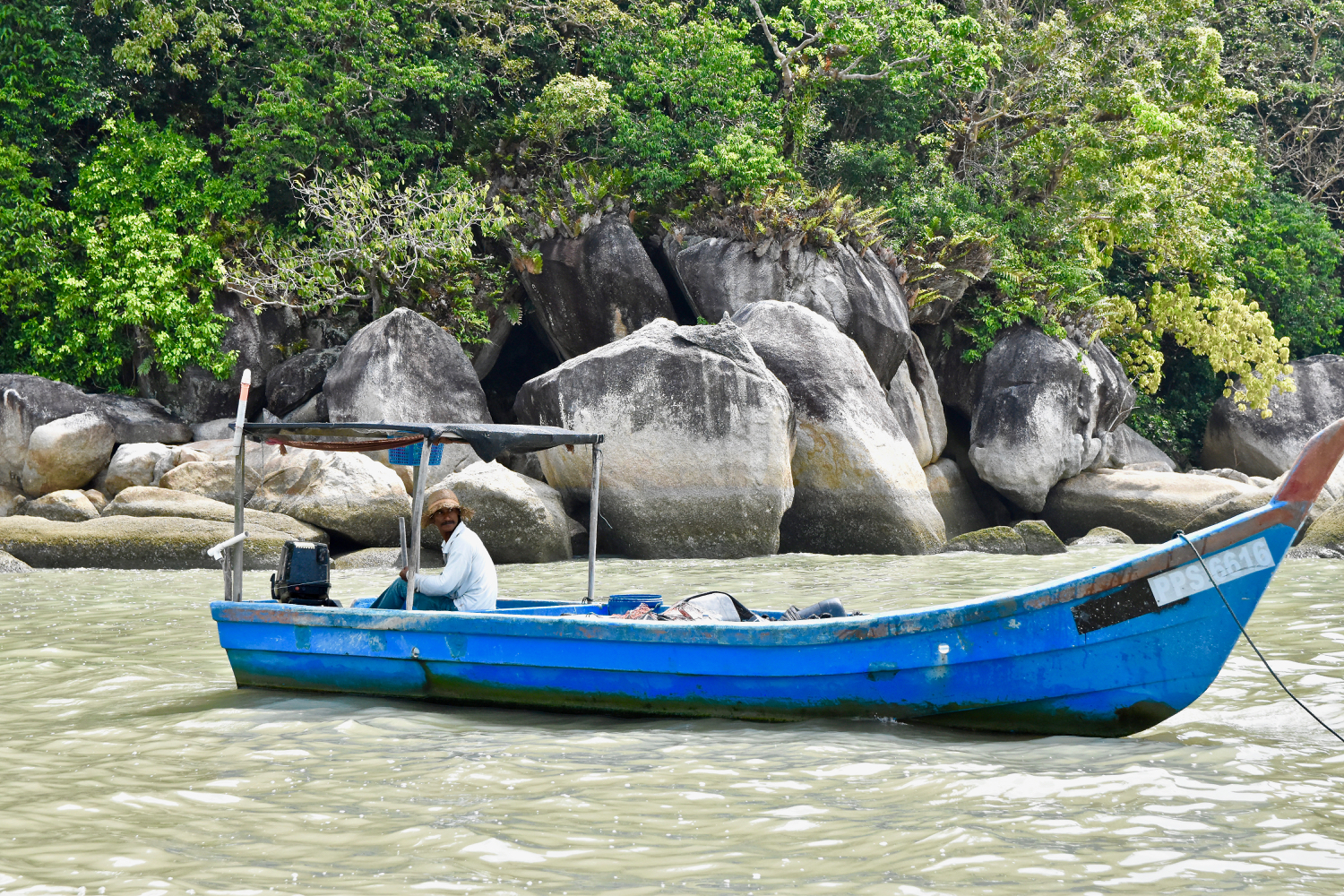
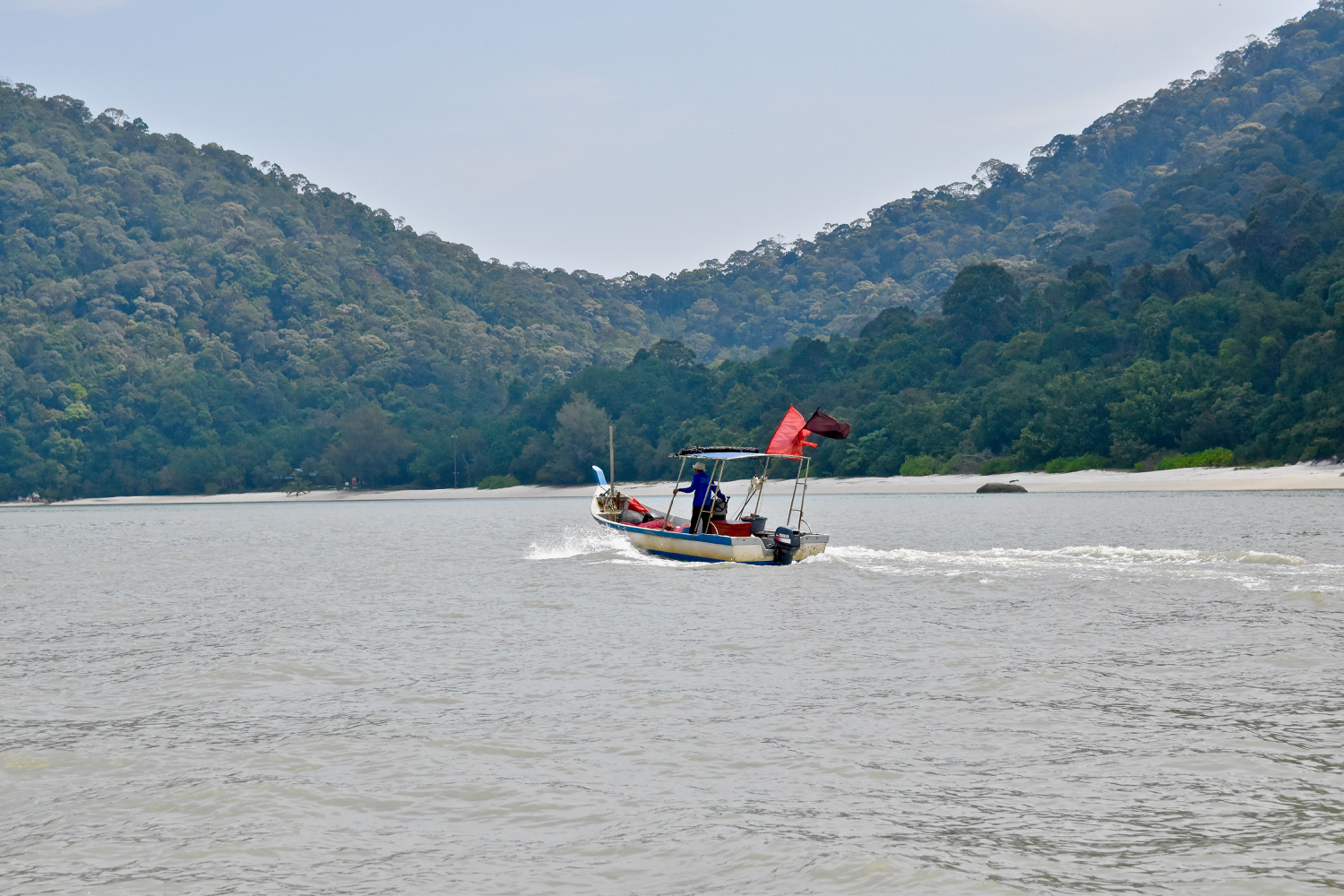
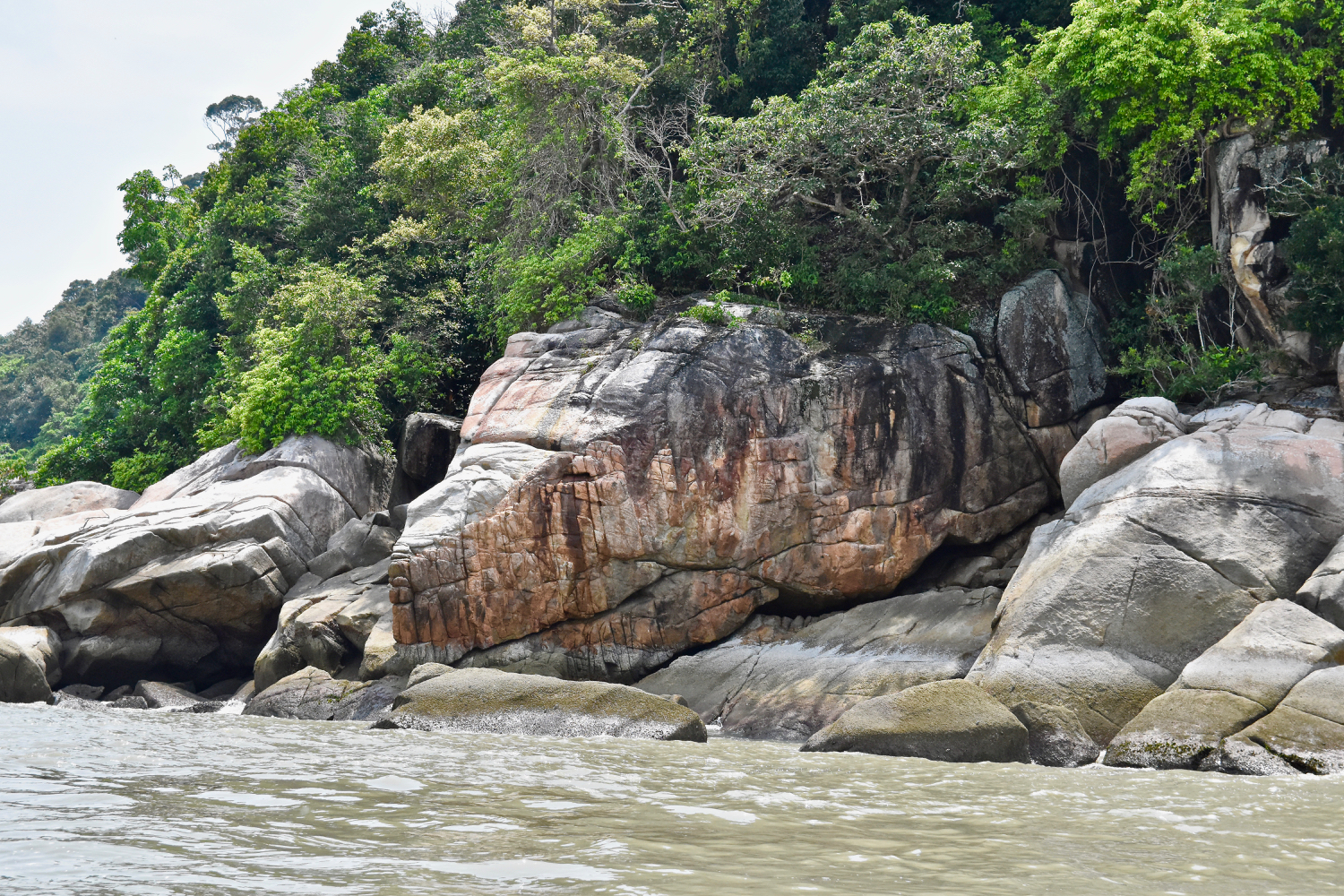
Penang National Park, believed to be the smallest national park in the world, is home to a rich natural heritage comprising 417 flora and 243 fauna species. Gazetted in 2003, the park was formerly known as Pantai Acheh Forest Reserve.
The park, spanning 2,562 hectares of land and sea, was set up to preserve and protect the flora and fauna as well as the geological, archeological, historical and ethnological interests in the area. It is the first protected area where both the terrestrial and marine components are managed by a single authority under the Department of Wildlife and National Parks.
The park also conserves the diverse terrestrial habitats in the area including the rare meromictic lake, mangroves, mudflats and a vast hilldipterocarp forest. There are also a number of sandy beaches within the park which are important nesting spots for marine turtles.
A total of 36 mammals, 44 reptiles, 163 birds and diverse species of insects and amphibians inhabit the park. Among them are slow loris, flying lemur, civet cats, sea otters, pangolins, dolphins, monkeys and a few species of turtles. Bird enthusiasts will have a field day watching the antics of the fascinating white-bellied sea-eagle, stork-billed kingfishers, egrets and other species of birds.
The Penang National Park has more than 1,000 plant species that are dominated by the Dipterocarpaceae, Leguminoceae, Aponyceae, Euphorbiaceae and Moraceae famillies. Among the trees and plants that populate the park are Chengal, Meranti, Seraya, Jelutong, Gaharu, Tongkat Ali, five species of Bintangor, palms, pitcher plants, meromictic flora, climbers, fungi and mangrove.
The Penang National Park is also known as the ‘Bay of Glowing Amber' due to its scenic and spectacular view of the sunset. Its many attractions include a unique seasonal meromictic lake that contains permanently stratified fresh water and seawater layers. Its total area is estimated to be approximately 2.77 square km.
The Irrawaddy and Bottlenose dolphins can sometimes be seen swimming along the coastline too.
Built in 1883 and standing 227 metres above sea level, the historical Muka Head Lighthouse is located within the park and is still operational. The lighthouse can be reached by following a steep jungle trail that offers a beautiful view of the Straits of Malacca.
Apart from the recreational and ecotourism activities such as climbing, trekking, swimming and wildlife observation, the park also offers vast opportunities for research and education.
The Penang National Park is open daily from 7.30 am until 7pm. For the time being, the entrance to the park is free but visitors must register at the registration counter to get their entry pass or permit.
Those interested in camping must book in advance with the park management.
Penang Turtle Sanctuary
The Penang Turtle Sanctuary is located on the Kerachut Beach in the National Park and helps protect and preserve the dwindling populations of Turtles in Malaysian waters.
The sandy stretch of Pantai Kerachut and Pantai Kampi at the park are also favourite nesting places of the Green and Oliver Ridley turtles. These species lay their eggs on the beach and the sanctuary protects them from predators until they are ready to hatch in 60 days time.
Getting there
The Penang National Park is located near Teluk Bahang at the Northeast corner of Penang Island and fronts the Straits of Malacca. It is about 30 km (45 minutes ride) from Georgetown, which is located approximately 400km north of Kuala Lumpur. From Komtar, Georgetown, take the Rapid Penang bus no. U105 and disembark at the final stop near the park's entrance.






